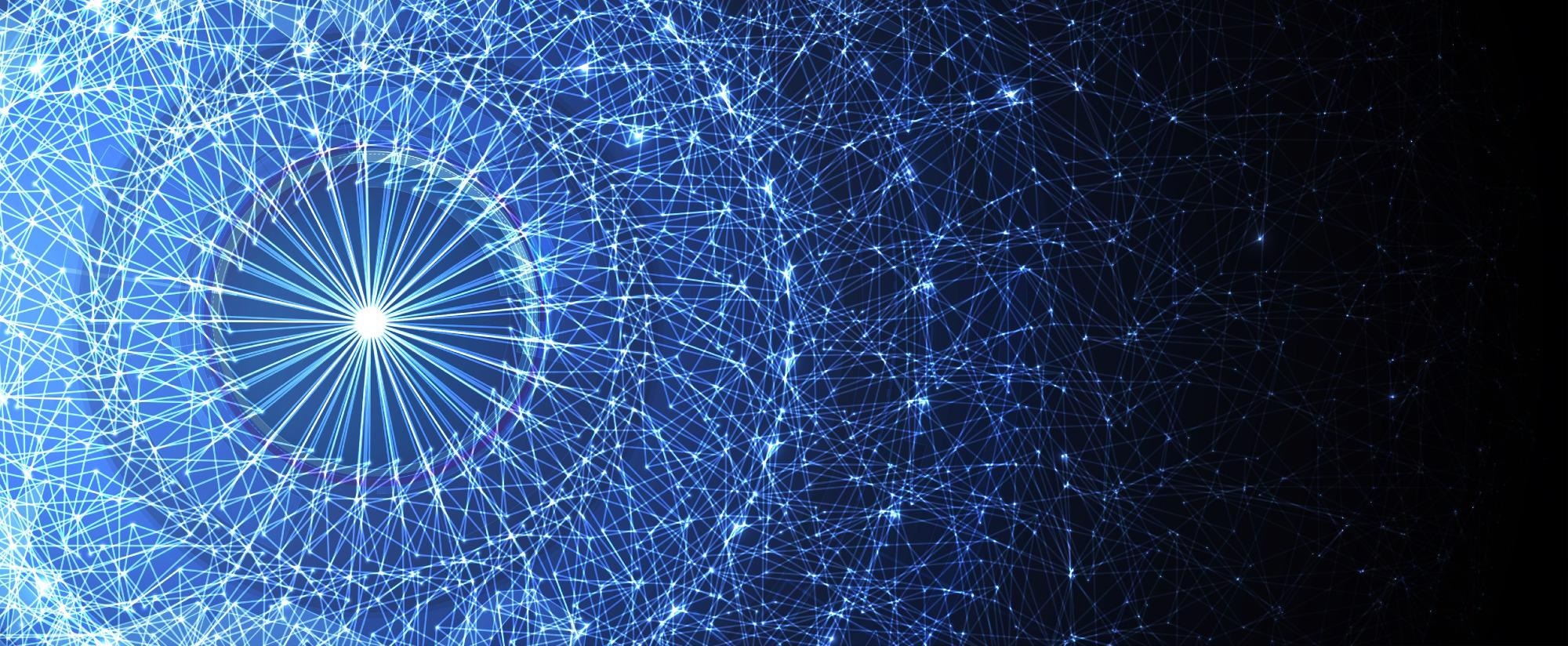A group of researchers recently published a paper in the journal ACS Nano Letters that demonstrated the feasibility of using deep learning to simulate the post-fabrication appearance of nano/microstructures fabricated by focused ion beam (FIB) milling in the two-dimensional (2D) projection of a scanning electron microscope (SEM) image.

Study: Deep-Learning-Assisted Focused Ion Beam Nanofabrication. Image Credit: vs148/Shutterstock.com
FIB Milling Process and its Limitations
FIB milling is a “direct-write” fabrication technique performed by removing material from a target surface using a focused beam of ions. The technique is used as a standard tool in materials/bio/nano research, rapid prototyping, and semiconductor manufacturing as it can etch nanoscale features in almost every biomaterial, dielectric, semiconductor, and metal.
The result of every FIB milling process depends on a complex function of target material characteristics, scan pattern, spot size, beam current, and design geometry, specifically the pattern aspect ratio. Thus, creating an inclusive analytical model that describes all physical processes happening during milling is extremely challenging. Trial and error testing is usually performed to establish the optimal process parameters in order to achieve the desired outcome of a certain milling operation on the target surface. However, this testing method is time-consuming in nature.
Numerical, computational approaches to simulate FIB milling are often based on level set or string methods and Monte Carlo modeling of ion−atom interactions that track surface propagation over a duration. Although these approaches can reproduce three-dimensional (3D) or 2D cross-sectional profiles of FIB-milled holes or trenches in certain materials, they are mathematically complex and require detailed information on several parameters, such as physical form and atomic mass of the target, raster step size, dwell time, intensity profile, ion beam spot size, and ion flux, and angle of incidence and ion energy to a target surface.
Deep learning can offer an alternative approach as it can accurately predict the milling outcomes for arbitrary micro/nanostructural geometries in any target surface with the help of a suitably trained neural network. The method is fundamentally transforming scientific research owing to its ability to pattern recognition and empirically establish the functional algorithms of complex systems.
Evaluation of Deep Learning Approach to Predict Postfabrication Appearance of FIB-Milled Structures
In this study, researchers used deep learning to predict the post-fabrication appearance of 2D binary patterns that were FIB milled on a gold thin film. The SEM image acts as an extremely good indicator of process quality and accuracy. An FEI Helios Nanolab 600 DualBeam FIB/SEM system that includes a field-emission SEM with a 1-nanometer imaging resolution and a gallium ion gun with 20-nanometer milling resolution was employed in this study. The binary patterns were fabricated by raster scanning the ion beam in lines stepped from top to bottom and running from left to right.
The convolutional neural network (CNN) used to predict the ion beam dose from sample SEM images was constituted of four convolutional layers, with each layer formed of rectified linear unit (ReLU), pooling processes, and batch normalization. These layers were followed by a fully connected layer with one regression output. The network was initially trained on SEM images of chevrons FIB milled with dosage values in the sequence of 0.5, 1.0, 1.5, with a maximum dosage value of 17.5 mC/cm2.
The images were cropped to 299×299 pixels with random horizontal and vertical shifts of ±15 pixels in the chevron position relative to the frame center position. The training continued for 50 epochs, with a batch size of 8 and a learning rate of 0.00005, taking an overall three minutes on NVIDIA RTX2070 GPU. Subsequently, the CNN was tested on SEM images of chevrons that were milled with dosage values in the sequence of 0.25, 0.75, 1.25, up to a maximum value of 17.25 mC/cm2 and cropped to 299×299-pixels with every prediction taking 2.5 milliseconds.
The conditional generative adversarial network (cGAN) was used to simulate the FIB-milled sample SEM images. The network was constructed by a 4-layer discriminator and an 8-layer generator, with a learning rate of 0.0002 and L1 to discriminator loss ratio of 200, and trained for 5 epochs on an NVIDIA Titan Xp GPU, taking almost 45 hours. The SEM images were recorded at 710×710 pixels with 5 nanometer resolution and then rescaled to 355×355 pixels, to match the pixilation of binary designs.
Research Findings
The neural network accurately predicted the postfabrication appearance in SEM images of binary patterns fabricated by FIB milling over an extensive range of ion beam parameters, such as per-unit-area dosage, and sample design geometries that include arbitrary nano/microstructural dimensions and feature shapes. Every prediction was made within a few tens of milliseconds, and the accuracy of all predictions was more than 96%, which is sufficient to include the target- and instrument-specific artifacts.
Faster prediction with high accuracy significantly reduced the number of experimental dose-test iterations and time required in the optimization and development of new FIB processes. The method was also effective in rapidly evaluating the impact of process parameters and design modifications, and maintaining the performance in terms of consistency of outcomes from established FIB processes against aging of ion gun beam apertures and the ion source. Thus, the method can extend the useful lifetime of these components, which is specifically beneficial when they are utilized in highly repetitive tasks such as cross-sectional characterization.
To summarize, the findings of the study demonstrated that deep-learning-based prediction methodology can be deployed in almost real-time to improve reproducibility and expedite optimization of FIB processing.
Reference
Mills, B., Buchnev, O., Eason, R.W. et al. (2022) Deep-Learning-Assisted Focused Ion Beam Nanofabrication. ACS Nano Letters. https://pubs.acs.org/doi/10.1021/acs.nanolett.1c04604
Disclaimer: The views expressed here are those of the author expressed in their private capacity and do not necessarily represent the views of AZoM.com Limited T/A AZoNetwork the owner and operator of this website. This disclaimer forms part of the Terms and conditions of use of this website.